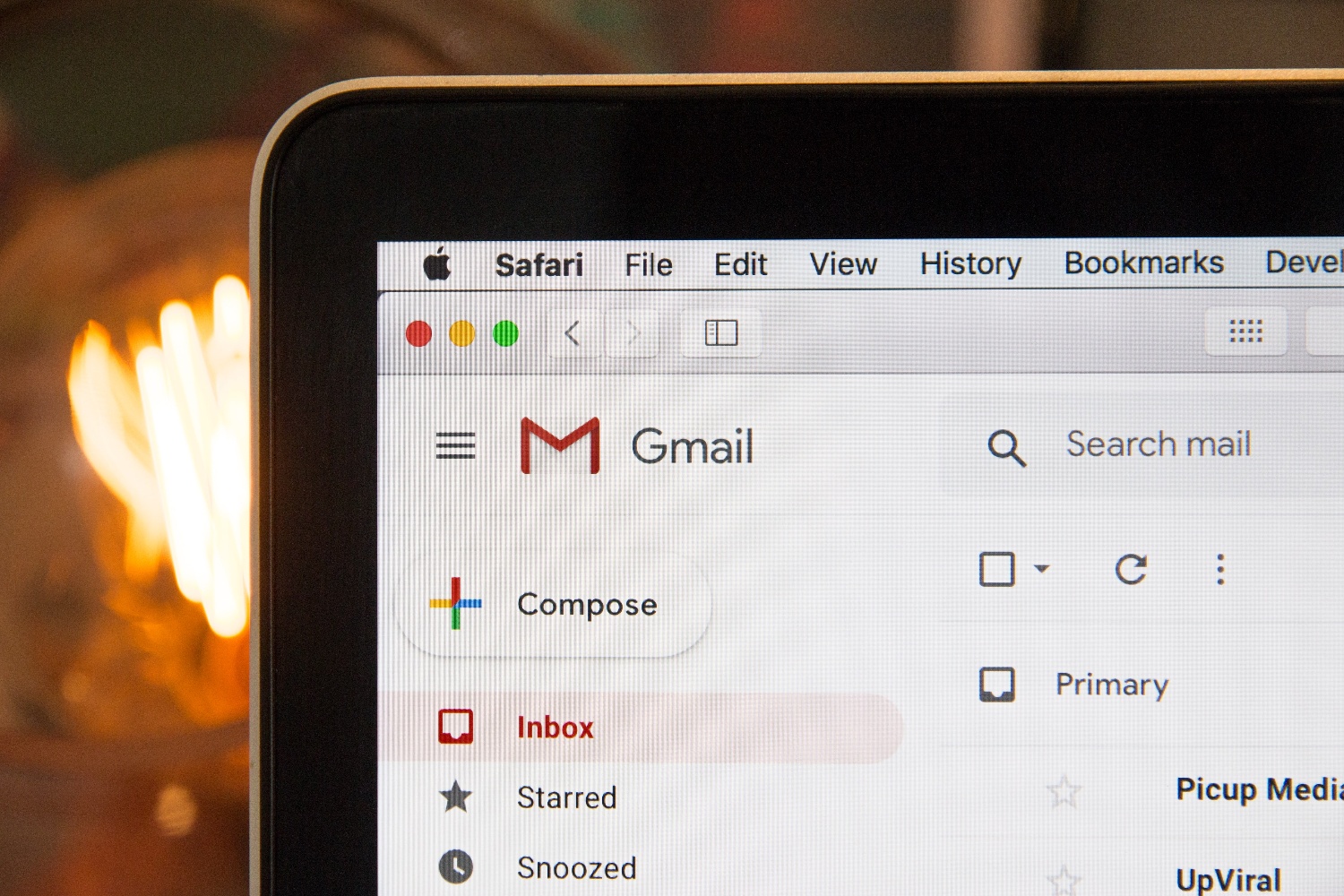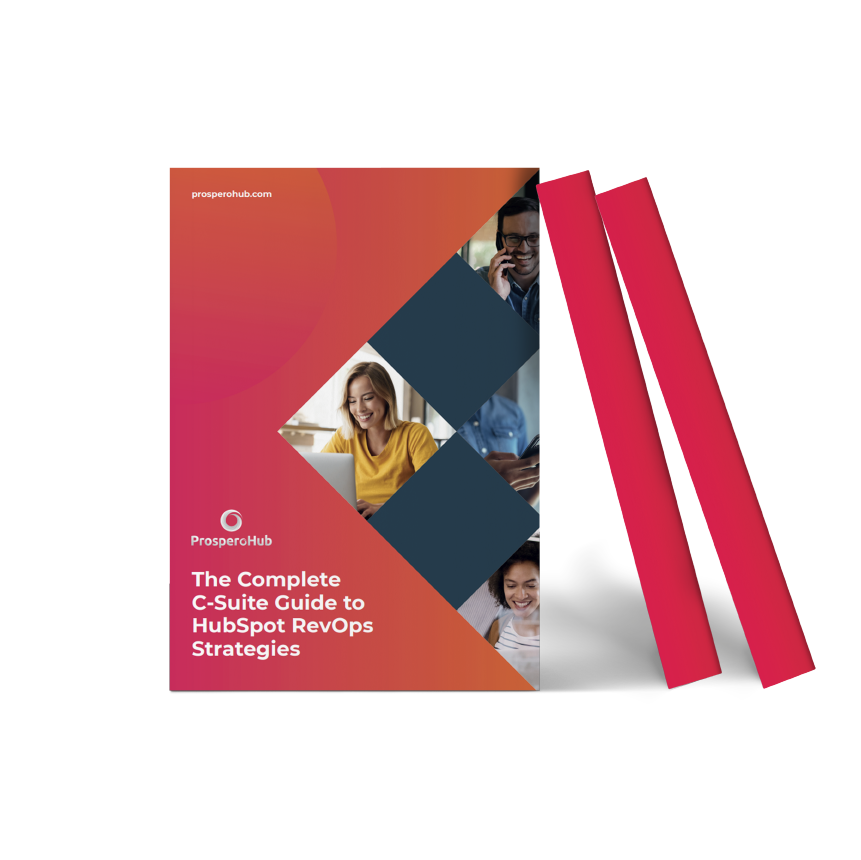Getting your prospects to convert and purchase from your business is the ultimate goal of your sales and marketing efforts. To get to this point, you must first engage with prospective customers and drive them through your sales and marketing funnel. The sales and marketing funnel is a representation of the five stages individuals go through from when they first learn about your business to becoming a customer.
At each stage, their needs and expectations of you are different and the content should reflect this and be tailored to progress them through the following stages.
In order to progress them through this funnel, you have to take them on a buyer’s journey from attracting them to your business, getting them to engage with your products and services and then delighting them with relevant content that continues to provide them with insider knowledge or expertise that adds value to their interaction with your business.
You might think that email is an outdated marketing tool compared to social media or PPC. However, email marketing software is an increasingly powerful digital tool that can be used to increase conversions so you can reach your sales targets more efficiently. Studies have shown that segmented, targeted and personalised emails generate 58% of all revenue, while personalised email marketing generates a median ROI of 122%.
You can strategically market to your prospects with email in the following ways:
Nurturing prospects
Visitors who come to your website and sign up to your newsletter or download a piece of content are definitely interested in your products and service, but they may not be ready to buy just yet. This is your opportunity to send marketing newsletters with industry news or insider knowledge, presenting yourself as a thought leader in your industry rather than going for the hard sell of your product.
This should be a steady stream of engaging content that offers value to your prospect, a blog post that will help address a challenge that persona might be facing for example. They have problems and concerns they are looking to address with new software or services, so provide them with the hints and tips. By educating them on how you can help them overcome their concerns, you are able to move your prospect on to their next stage, which is to convert.
Converting at the right time
A conversion can differ from company or campaign, depending on a pre-determined set of qualifying criteria. In some cases, it’s converting from opening an email to clicking in a link that leads to a landing page. Or, a conversion could be clicking a link to book a demo from an email. Each engagement is valuable, even if it isn’t converting into a deal at this stage. It’s at this point that you should position your unique selling points or specific services and expertise through your email marketing messaging. It’s through this engagement that sales and marketing platforms like HubSpot are incredibly effective. Take a look at our Technology and Sales Enablement Infographic which displays how this can works at every stage.
Once a prospect has clicked in your monthly newsletter, you could then enrol them in a series of emails to their stage of the buying journey through automation, setting conditions and rules about the next email or sales step that should be taken depending on their engagement.
This series of emails or sequence as we call them is your opportunity to invite them to a webinar or online demo or offer a free trial to create a sense of urgency, encouraging them to engage with your salespeople sooner rather than later.
Delighting your customers
Once your prospect has engaged once, that doesn’t mean you stop marketing to them. You must keep the communication going however your strategy and message must change. Email marketing tailored to your existing customers can still drive sales. They can be repeat customers or become evangelists, spreading the word about your service and bringing referrals.
Use the knowledge you have on the contacts that have bought from you before and create opportunities to up-sell, cross-sell or make recommendations about how they can get the most out of their product.
It can be a real challenge for marketers to attribute the impact on the bottom line caused through marketing activity when the sales team are often the last point of contact. However, with an email marketing strategy that includes the next actions of the sales process and automation technology, it’s never been easier for the marketing team to use their expertise to be a driving force of attracting prospects, passing on marketing qualified leads and progressing them through the funnel to your sales team.
Get our e-book, The Power of Sales Enablement to help you streamline your sales and marketing process and empower your sales team to take full advantage of marketing efforts.


.png?width=1940&height=1024&name=Part%20of%20Siloy%20logos%20(2).png)



.png?width=125&height=125&name=DataMigration534x534%20(1).png)
-1.png?width=125&height=125&name=Untitled%20design%20(4)-1.png)
